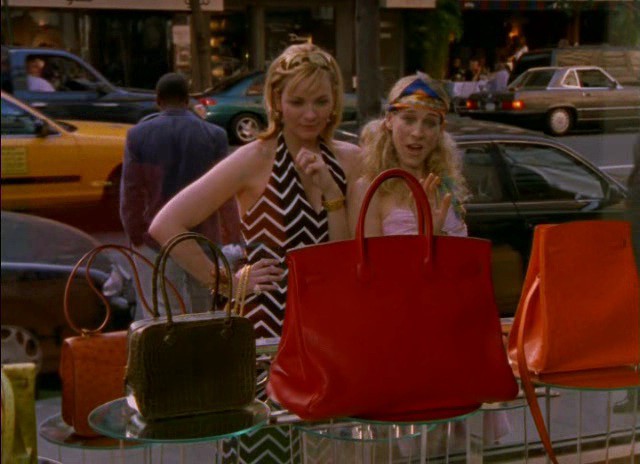This seems like a good time to re-read Dana Thomas’ book Deluxe: How Luxury Lost Its Luster…

The finer and more subjective the distinctions are, as in high-end audio (and expensive wine), the easier it is to justify spending astronomical amounts of money — even if you can’t hear the difference or taste the notes of wild juniper and caraway seed, I can.
But with electronics, it always comes back to a question of use, and when it doesn’t, things get weird — tech and culture bloggers turning into Veblen-quoting neo-Marxists weird. Consumer electronics have simply never been able to comfortably escape the narrative logic of practicality. Higher prices must mean higher performance, right?
The $10,000 Apple Watch disobeys that. It doesn’t do anything its $349 little brother cannot. All the devices work the same — the price is part of the attraction. That’s why it only makes to sense to think about the Watch Edition in the context of traditional luxury goods, in which the questions of function and practicality are, if not secondary, irrelevant or even contradictory. A Hermès Birkin doesn’t hold stuff any better than a plastic bag; a 60-year-old Macallan doesn’t get you any drunker than a handle of Giorgi; a Cartier ring doesn’t mean you’re engaged any more than a Kay Jeweler’s ring (depending on your chosen, I suppose).
You could argue that there are very few — if any — tech products that truly qualify in this way as luxury goods: products whose astronomical value inheres significantly to the status their ownership confers.
This seems like a good time to re-read Dana Thomas’ book Deluxe: How Luxury Lost Its Luster, undeniably one of the best fashion books ever written, and also to not buy a $10,000 solid gold Apple Watch, because that is…dumb.